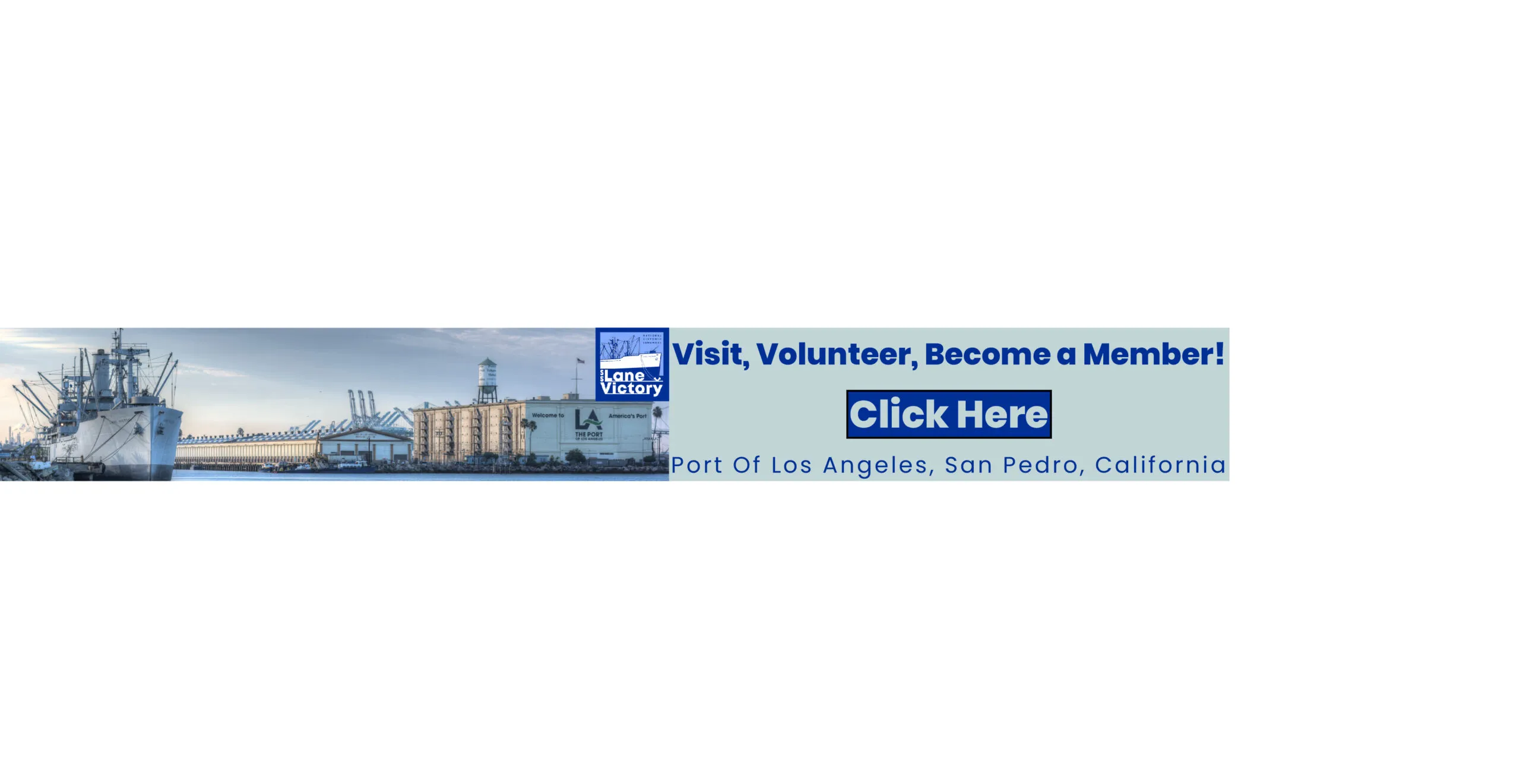
The California Department of Transportation, or Caltrans, is planning on shutting down the Vincent Thomas Bridge either completely or partially in 2025, to replace its aging deck. However, this will create a number of logistical problems, with Wilmington being hit the hardest.
One of the big problems with the project is where traffic will be rerouted if the bridge is shut down completely, or even partially. The proposed route plans will reroute traffic through Wilmington.
Ashley Hernandez, a Wilmington resident and organizer with Communities for a Better Environment, said that the high volume of truck traffic that goes through Wilmington on a daily basis is already a big concern, especially on Anaheim and Pacific Coast Highway. Caltrans’ proposed alternate routes would bring more truck traffic and the pollution that comes with it.
“This would be circling around Wilmington,” Hernandez said. “It would be cutting through our community in some case. But it definitely would be infringing on our roads.”
Hernandez said that some of the streets in Wilmington are already dangerous, not just from heavy traffic, but also from poorly maintained roads.
“Just driving down Alameda to reach Anaheim, the amount of potholes, the amount of extreme diesel cargo that is going through that street … mixed with individual drivers, there’s definitely a lot that I think needs to be considered, considering the health and safety of a community that’s already overburdened,” Hernandez said.
Hernandez said that Anaheim was reconfigured about three months ago, from two lanes to one lane, bottlenecking the traffic.
“The idea of putting more trucks on this road is just going to make it even more difficult for residents to get home, for students to walk in these streets,” Hernandez said.
Hernandez says that trucks have hit poles and trees near her office, knocking over the poles and damaging the trees.
“If literal structures that are there in place are not safe, pedestrians aren’t going to be safe, drivers aren’t going to be safe,” Hernandez said.
Hernandez said that Wilmington already has plenty of emissions from oil refineries and oil drilling sites.
“Why is it that we are willing to sacrifice Wilmington once again for the structural safety of the bridge?” Hernandez said. “And recognizing that this bridge has some structural challenges, I think there’s definitely a need for alternatives that don’t put frontline residents at risk.”
Caltrans’ community advisory committee
Caltrans has created multiple committees to advise on the project, including a community advisory committee, or CAC. It met for the first time via Zoom on June 29. The public comment period for the initial information about the project ended on July 10, after being extended multiple times. However, Allison Colburn, public information officer for Caltrans district 7, said that new comments will continue to be accepted and taken into consideration.
Colburn said that Caltrans had already received more than 100 comments from the public.
“Our environmental planners and scientists have already gone through a lot of the feedback, and they have a lot of feedback to incorporate,” Colburn said.
Colburn said the most common feedback they’ve received is concerns about the impact on traffic.
“Something we’ve heard frequently is that people are worried about impacts to local roads which are already in need of repairs and resurfacing,” Colburn said. “People are also concerned about how the detour routes are going to be enforced so that motorists don’t take shortcuts through the neighborhoods.”
Colburn said that a lot of people spoke to Caltrans about possible solutions, like a temporary ferry service or having a shuttle. However, she did not provide any commitment as to what Caltrans will do.
“We’ll be taking these discussions very seriously, and they will help inform the project,” Colburn said.
Colburn said this project will have serious traffic impacts, and that mitigating them will require a lot of collaboration. This is the reason for the community advisory committee, as well as the policy advisory committee and the technical advisory committee. Colburn said that all these meetings will be recorded and put online.
The community advisory committee is composed of community leaders, including Doug Epperhart, president of Coastal San Pedro Neighborhood Council, and Ray Regalado, president of Northwest San Pedro Neighborhood and president of the Board of Neighborhood Commissioners. The policy advisory committee consists of elected officials and their representatives. The technical advisory committee is composed of local agencies like the public works department and law enforcement agencies.
Valerie Contreras, president of Wilmington Neighborhood Council, asked why so many committees are necessary.
“I don’t understand why we can’t just have one meeting on the topic,” Contreras said. “It’s all going to be the same topic. Instead of us having to attend three different meetings and then come together for this one.”
Osama Megala, area manager with Caltrans, said this was because each meeting will handle different aspects of the project.
“Each committee has a different function,” Megala said. “But, again, the interface between them is critical.”
While the project won’t start construction until 2025, Megala said, that his region has incentive to do it quickly.
“This project is on an expedited schedule,” Megala said. “One of the conditions we are getting about $700 million — actually plus — is we have to really deliver the project and open the construction by a certain time.”
Joon Khan, the technician division chief for project management, said that there would be 90 days for the public to review the first draft of the Environmental Impact Report, or EIR.
“Our goal right now is to have these type of advisory committee meetings so often, and resolve the issues before it arises, so by the time we write the draft EIR, you’ll be so comfortable that you don’t even have to look at it,” Khan said.
Khan said the project is under time constraints, and if it starts getting delayed, it will be in trouble.


